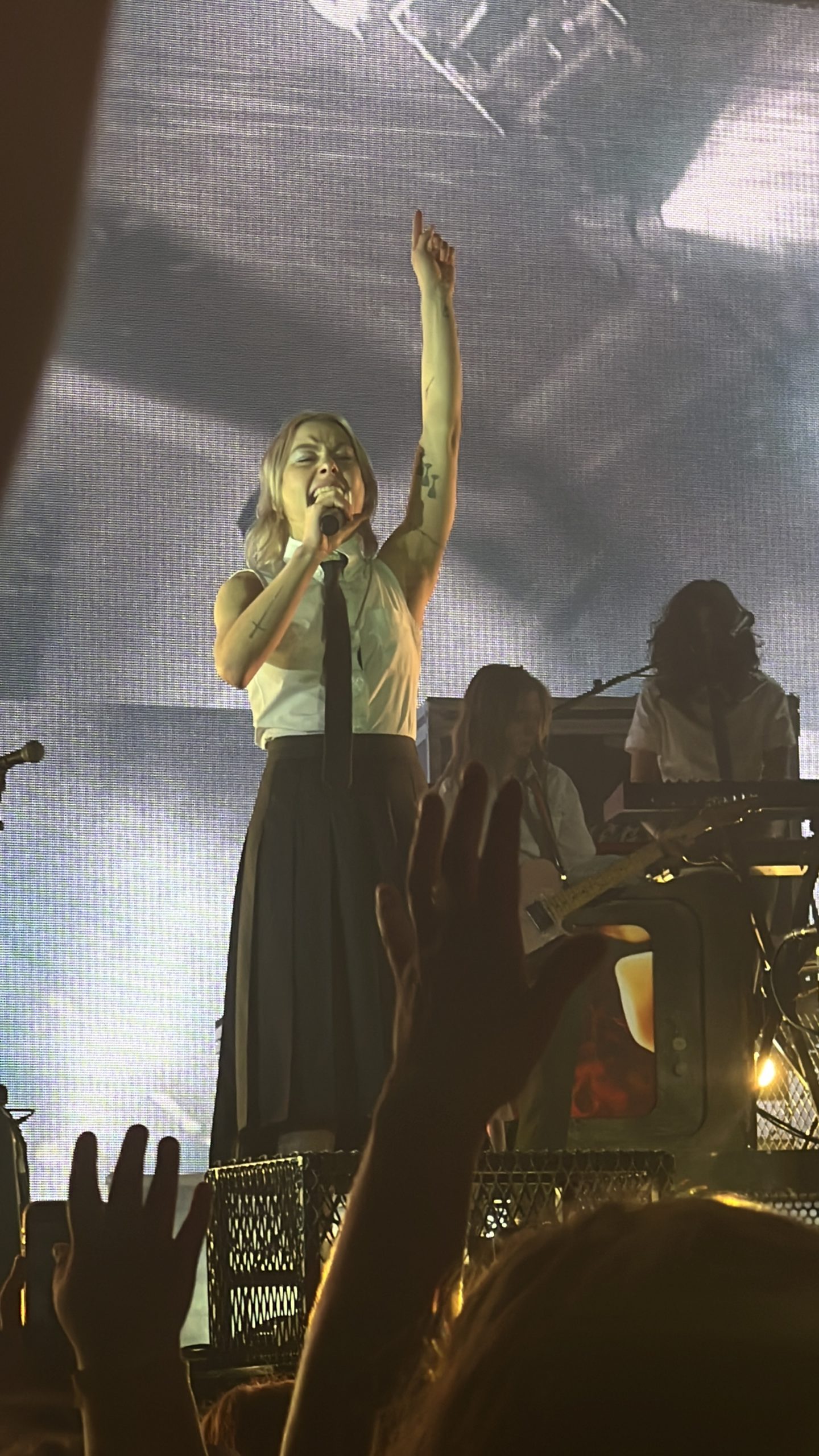
Not every war movie can be “Saving Private Ryan,” but “Fury” gets close thanks to firm grasp on its psychological motivations, tremendous performances and relentless and brutal action.
David Ayer, coming fresh off the perfect “End of Watch,” has a knack for seeing the darker side of everything. Though it must be exhausting to live with, it usually makes for great films like this one that follows the crew of a tank named Fury, taking on Germans in Germany near the end of World War II.
Most war movies deal with brotherhood and try to contemplate war in general, and though “Fury” deals heavily in the latter its main focus is on the maddening sense of rage that must come with the job. You’re angry at the enemy, you’re angry you smell like crap, you’re angry you eat crap and you’re angry you are shoved in a small metal container with other dudes who are just as angry as you.
Ayer is great at fleshing out characters and in “Fury” they all deal with the aspect of anger differently. War-daddy is war-hardened, wise and uses what he’s seen to do his job (Brad Pitt), Bible hides anger and forces it down deep in religion (Shia LaBeouf), Gordo succumbs to alcohol, women and bursts of anger (Michael Pena), and Coon-Ass lets anger flow through animalistic depravity (Jon Bernthal).
But the movie focuses on young Norman (Logan Lerman), showing his evolution from innocent idealist to war exposed, rage-fueled member of the gang. The more he loses and is exposed to the shocking but real violence, it’s hard to come back the same when you see a man on fire blows his own brains out. What’s even more titillating is guessing which one of his crew he’ll end up being most like.
Jumping on that topic, you’d go insane trying to find a war movie more authentic in its costumes, production design and illustrations of war in the last 15 years. Granted the music often seems befitting only to a “Frankenstein” movie, everything else from guns to sounds to costumes to dialogue and the tanks are the forefront that seem ripped right out of WWII. They even used an authentic Tiger 131 tank (the only one remaining) in a combat scene. It’s like the filmmaker discovered time traveled and hid in the bushes and watched everything go down.
The same goes for the moral ambiguity that lingers throughout. Which way is appropriate to respond after experiencing the ever constant horrors of being on the front line? How do you rise from the blood drenched muck after blowing off a man’s limbs or see your friends head get wiped clean off thanks to a tank shell? Sounds pretty brutal, no?
And do you even really become friends with those around you? When it comes to the Fury crew, I would say it’s like a resentful friendship, as evidenced by an eerie dining sequence. They poke fun and have inside jokes but that mostly comes out of having to be around each other. During that dining sequence it seems one could gut the other at any moment’s notice. It’s war friendship, which is something we are almost never exposed to.
It’s okay the movie never answers its own questions, because war never ends, history is never not violent and man never stops dying. The questions regarding appropriate moral behavior and how to deal with the ugliness of life will never be answered, but as long as we have epic movies like “Fury” asking them with such blustering technical accompaniment, we will never stop asking them.



